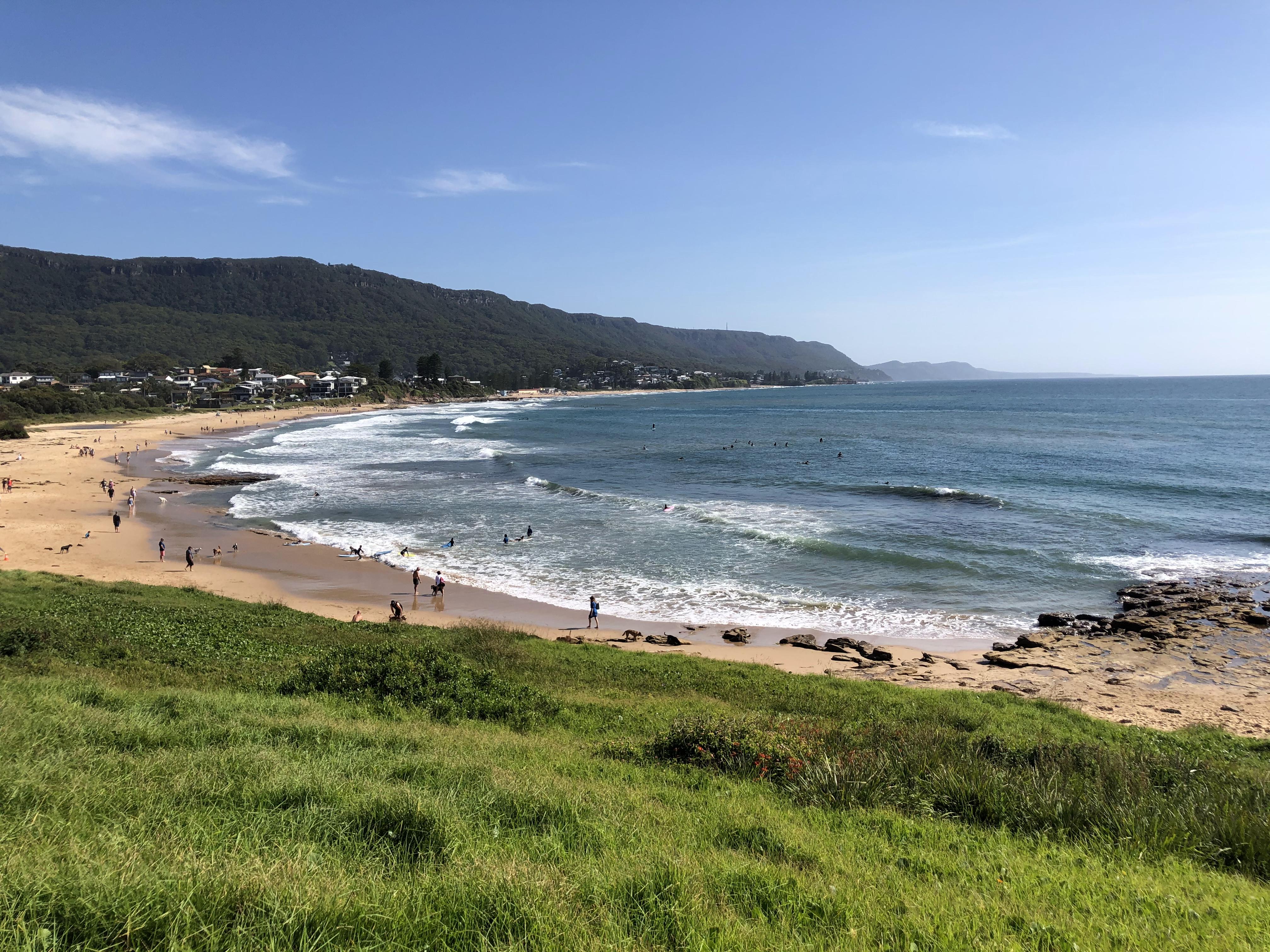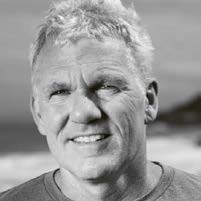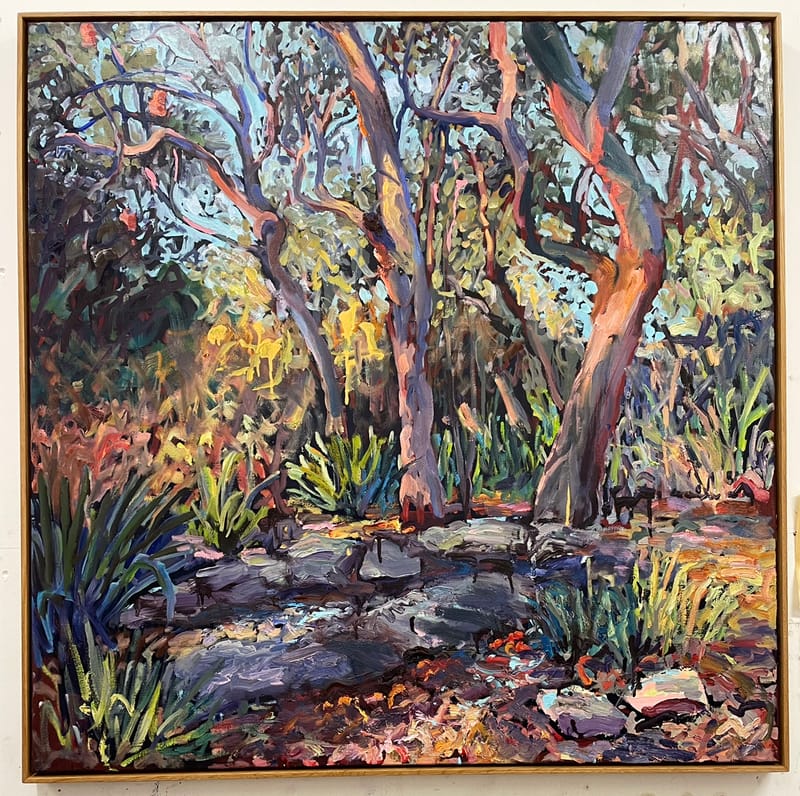Tides are cosmic
The tide comes up and it goes down and all you need are some tide tables, right? Well, there’s a lot more to the tide than that.

A few months ago I was wandering several hundred metres offshore exploring the tidal flats at Four Mile Beach in Port Douglas, Queensland during a king low tide. You couldn’t do that on our beaches, because our beaches are very different, but I started thinking about how much we take the tide for granted. The tide comes up and it goes down and all you need are some tide tables, right? Well, there’s a lot more to the tide than that.
The tide is a wave with a crest (high tide) and a trough (low tide) and a period (time between waves), but unlike most waves, which are created by wind, the tide is created by the gravitational pull that both the moon and the sun (but mostly the moon) exert on the water in the oceans.
The moon orbits the earth and ‘pulls’ the water towards it, creating a moving bulge of water on one side of the earth and, due to the centrifugal force of the earth’s rotation, another bulge on the opposite side. A small island in the middle of the ocean would therefore experience two high and two low tides each day. However, when you introduce continents and other land masses as well as offshore bathymetry, the tidal wave becomes
more complicated.
NSW has a long, relatively straight open ocean coastline with a narrow and steep continental shelf. Not much impacts the tidal wave and we therefore experience two low/high tidal cycles each day, with each high tide about 12 hours apart – a semi-diurnal tide. Other coastlines, such as south-west Australia, experience a diurnal tide, with only one low and high tide each day. In regions of northern and southern Australia, there are mixed tides with two low and high tides each day of varying heights, which makes working around tides in these locations much more problematic.
You may also notice that the timing of the tides changes each day, which is due to the time difference between how long it takes for the moon to orbit the earth (a lunar day) and a single rotation of the earth itself (a normal day). The lunar day is about 50 minutes longer so every day, the high and low tide is about 50 minutes later. It’s also important to know that only massive bodies of water are impacted by the gravitational forces of the moon and sun. Even the Mediterranean Sea only has tides on the order of centimetres and the Great Lakes in North America (where I grew up) have no tides whatsoever.
So tides can be a little complex, to say the least. I’ll talk more about them next month!
Have a question? Email rbrander@unsw.edu.au





